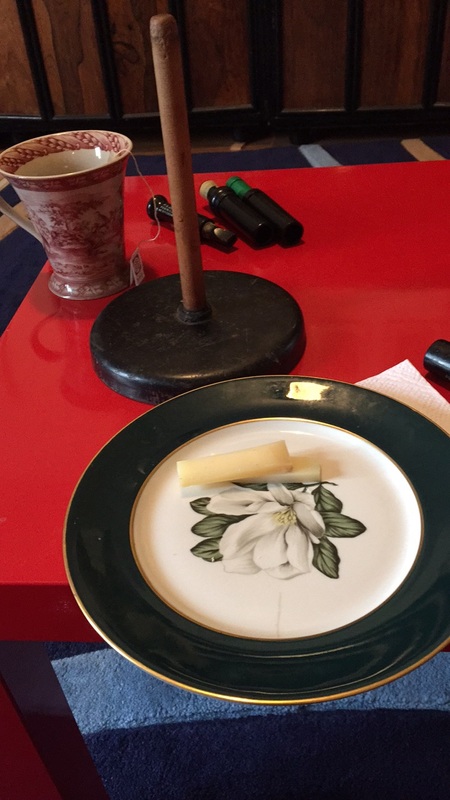And then…
We had our recital! It was at Spectrum in Manhattan. Jenn and I kicked things off with an improvisation, then Jenn played the Chaconne by Karg-Elert. Robert, Jenn, and I improv-ed, followed by Jennifer and I performing Only the Words Themselves Mean What They Say by Kate Soper. There was another trio improv (Robert on piccolo, Jenn on C flute, me on bass flute), and Jenn and I ended the concert with Robert’s piece Time is a Two-Way Street. It was great to perform while here!
We went out for gourmet wraps afterwards, and it SNOWED! We accompanied Robert to the Essex Street market (looked at fancy cheeses), and then said goodbye on the subway. It’s been a great semester in NYC!
(I may have slept 11 hours following the recital…)
Until next time!
